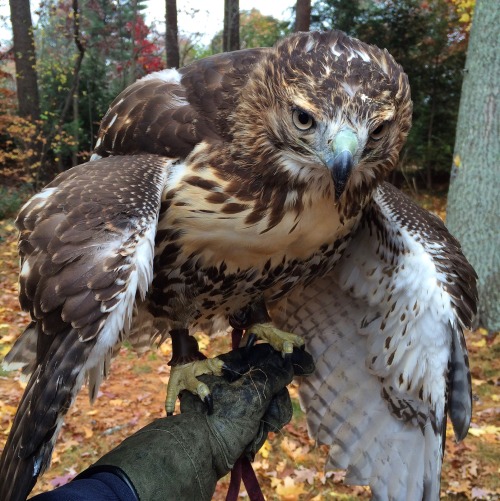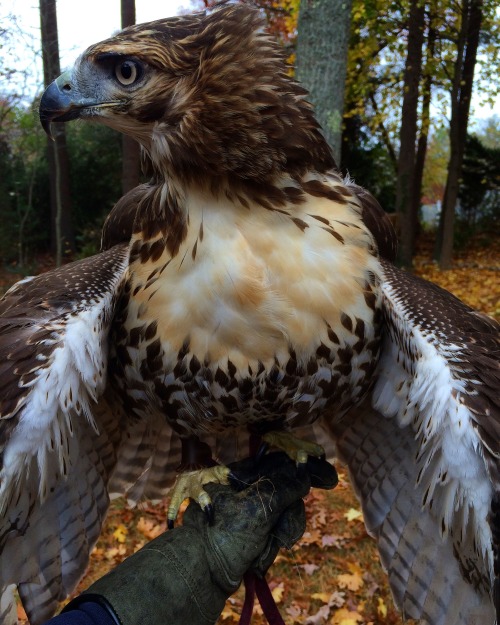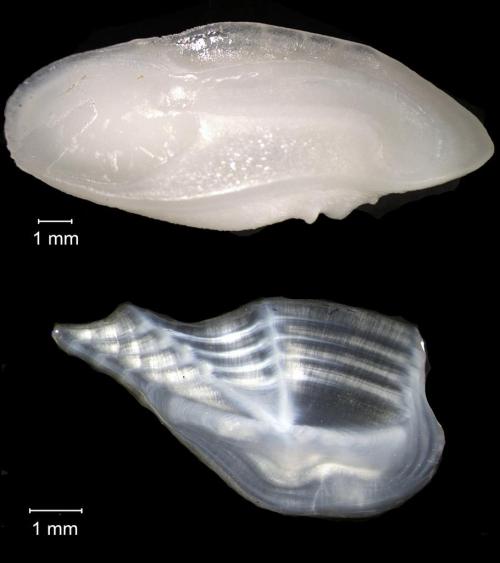How Do You Think They'll Dispose Of Tillikums Body? :/
How do you think they'll dispose of Tillikums body? :/
They’ll probably do a necropsy after he dies to determine the exact cause of death. After that, I’m not sure what they’ll do. Normally they don’t tell anyone what happens to the animal’s body after they die. Perhaps since Tilikum is so well-known they’ll give him a proper burial/memorial? I’ve heard somewhere before (but for the life of me cannot remember where, so don’t take this as a fact) that Kalina is buried somewhere on the property of SeaWorld Orlando.
I know I’ve read that in Kamogawa Sea World they bury the dead orcas in a cherry blossom garden, which I think is very nice and respectful.
More Posts from Llamaslikesciencetoo and Others

New Species of Shieldtail Snake Discovered in India
by Enrico de Lazaro
The Khaire’s black shieldtail (Melanophidium khairei) is described in a paper recently published in the journal Zootaxa by an international team of scientists led by Dr. David Gower of the Natural History Museum, London, UK. The newfound species occurs in southern Maharashtra, Goa, and northern Karnataka. It is the most northerly member of the genus…
(read more: Science News)
photographvia: David J. Gauer et al.

Satomi’s pygmy seahorse (Hippocampus satomiae) is the smallest known seahorse in the world with an average length of 13.8 millimeters. (via)



dragon 🐉


Happy Valentine’s Day my marine bio lovelies! I give you, all the above! Shark Love! Instead of something cheesy to give your admirer, why not make a donation to your favourite conservation group? Show them you care not only about them, but the marine environment too!

7 types of fog you didn’t know had names
Fog comes in several distinct varieties that are influenced by nearby bodies of water, landscape features and other local factors. Here are some of the most impressive forms of it on the planet.

Vaterite … from fish ears to crystal lattices
Deep within the ear of a fish you will find a little bone, an otolith. This bone acts as part of the sensory system of the ear, part accelerometer, part gravity sensor, part sound sensor. Otoliths are formed from calcium carbonate minerals, and different species of fish exploit different types of CaCO3 mineral. These CaCO3 “polymorphs” all have the same chemistry, but the arrangements of atoms within the crystal lattice of each are different, just as diamond and graphite are two polymorphs of carbon. Usually, a fish otolith grows as aragonite, sometimes as calcite, a different polymorph of calcium carbonate, and sometime as the third CaCO3 polymorph, vaterite.
Keep reading
Killer whales are smart animals. This is what they do in their natural habitat:

Not this:

Customer: So seeing a whale is guaranteed, right?
Me: Well, it is the open ocean and they are wild animals so we cannot control when and where they are-
Customer: Yeah, but I’m paying to see a whale. How long until we see one?
Me:


“Indeed, despite programs designed to interest girls in STEM, GoldieBlox, and supermodels celebrating the virtues of coding, the fields are still overwhelmingly male and seem virtually resistant to change. Jahren, a geochemist and geobiologist, argues that the problem is hardly one of enthusiasm, but rather widespread sexual harassment in the fields that, unsurprisingly, goes unpunished.
The kind of sexual harassment Jahren describes is hardly that of a Mad Men episode: groping and outright dickishness are easier to label and condemn as sexual harassment (and it’s worth noting that STEM has a problem with that too).
Rather, it’s the kind that prioritizes men’s feelings, and their expression of them, over the simple act of treating a woman as a professional colleague. Jahren persuasively argues that the persistence of this kind of behavior—the constant demand from both male colleagues and academic advisors that their feelings be acknowledged and legitimized—is one of the reasons women leave STEM fields.
An email forwarded to Jahren by a former student asking her advice typifies the problem:
[The student] forwarded an email she had received from a senior colleague that opened, “Can I share something deeply personal with you?” Within the email, he detonates what he described as a “truth bomb”: “All I know is that from the first day I talked to you, there hadn’t been a single day or hour when you weren’t on my mind.” He tells her she is “incredibly attractive” and “adorably dorky.” He reminds her, in detail, of how he has helped her professionally: “I couldn’t believe the things I was compelled to do for you.” He describes being near her as “exhilarating and frustrating at the same time” and himself as “utterly unable to get a grip” as a result. He closes by assuring her, “That’s just the way things are and you’re gonna have to deal with me until one of us leaves.”
It’s hard to imagine that the sender of the email thought that it would earn him the romantic admiration of his female colleague, coupled as it is with a vague threat likely meant to convey the authentic intensity of his attraction. And yet, as Jahren writes, this behavior has “been encountered by every single woman I know.”
Read the full piece here





-
 llamaslikesciencetoo reblogged this · 9 years ago
llamaslikesciencetoo reblogged this · 9 years ago -
 tippysaurusrex liked this · 9 years ago
tippysaurusrex liked this · 9 years ago -
 casua1affair liked this · 9 years ago
casua1affair liked this · 9 years ago -
 karismatic5 liked this · 9 years ago
karismatic5 liked this · 9 years ago -
 joyfulcupcakebanana liked this · 9 years ago
joyfulcupcakebanana liked this · 9 years ago -
 grumpysunshine liked this · 9 years ago
grumpysunshine liked this · 9 years ago -
 natsilane liked this · 9 years ago
natsilane liked this · 9 years ago -
 i-watch-bad-tv liked this · 9 years ago
i-watch-bad-tv liked this · 9 years ago -
 mickeymousenuthouse liked this · 9 years ago
mickeymousenuthouse liked this · 9 years ago -
 theveganmothership liked this · 9 years ago
theveganmothership liked this · 9 years ago -
 c0pyofa liked this · 9 years ago
c0pyofa liked this · 9 years ago -
 llamafollower liked this · 9 years ago
llamafollower liked this · 9 years ago -
 x-int reblogged this · 9 years ago
x-int reblogged this · 9 years ago -
 murderous-missy-blog liked this · 9 years ago
murderous-missy-blog liked this · 9 years ago -
 gh0stie liked this · 9 years ago
gh0stie liked this · 9 years ago -
 four-legged-song liked this · 9 years ago
four-legged-song liked this · 9 years ago -
 cetaceanawareness reblogged this · 9 years ago
cetaceanawareness reblogged this · 9 years ago -
 cetaceanawareness liked this · 9 years ago
cetaceanawareness liked this · 9 years ago -
 aquablueoverhead liked this · 9 years ago
aquablueoverhead liked this · 9 years ago -
 bpdwandamaximoff liked this · 9 years ago
bpdwandamaximoff liked this · 9 years ago -
 isaidnocapes liked this · 9 years ago
isaidnocapes liked this · 9 years ago -
 leserbaloo reblogged this · 9 years ago
leserbaloo reblogged this · 9 years ago -
 joutacujo reblogged this · 9 years ago
joutacujo reblogged this · 9 years ago -
 gorantil liked this · 9 years ago
gorantil liked this · 9 years ago -
 onlydeancancallhimsammeh liked this · 9 years ago
onlydeancancallhimsammeh liked this · 9 years ago -
 freedomforwhales-blog reblogged this · 9 years ago
freedomforwhales-blog reblogged this · 9 years ago -
 grumpysunshine reblogged this · 9 years ago
grumpysunshine reblogged this · 9 years ago -
 crystalgoddess21-blog liked this · 9 years ago
crystalgoddess21-blog liked this · 9 years ago -
 pilo2lilo liked this · 9 years ago
pilo2lilo liked this · 9 years ago -
 animefreak82-blog liked this · 9 years ago
animefreak82-blog liked this · 9 years ago -
 lightning-in-a-bottle95 liked this · 9 years ago
lightning-in-a-bottle95 liked this · 9 years ago -
 mermaidlunaofficial reblogged this · 9 years ago
mermaidlunaofficial reblogged this · 9 years ago -
 cetacean-central reblogged this · 9 years ago
cetacean-central reblogged this · 9 years ago -
 sword-whale reblogged this · 9 years ago
sword-whale reblogged this · 9 years ago
Mainly interested in ecology, but also the entirety of science.
179 posts